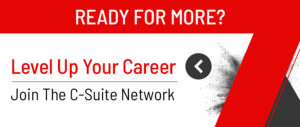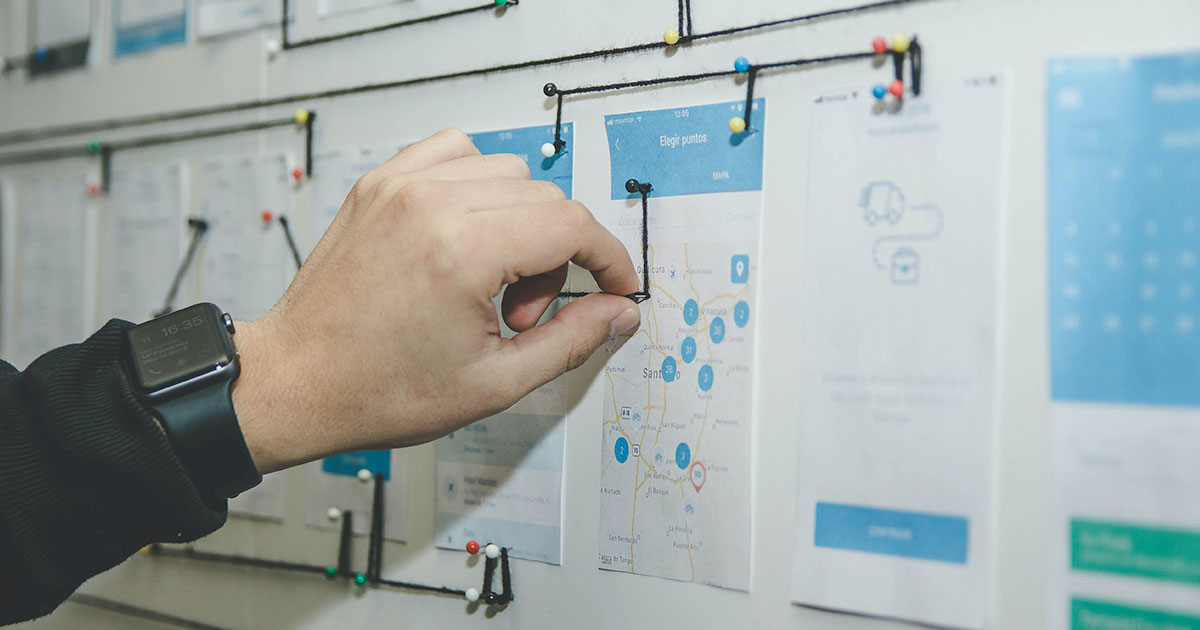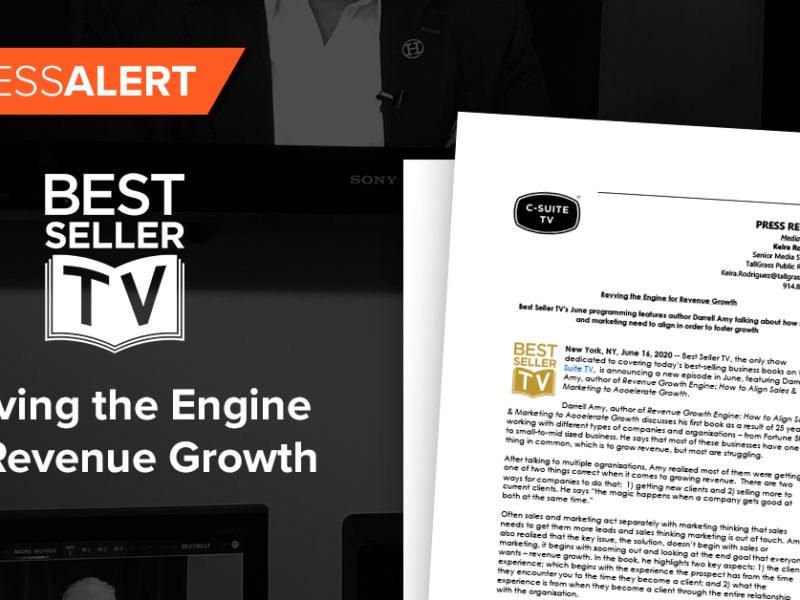
Going Beyond the Sale: Managing Partnerships for Greater Impact
Going Beyond the Sale: Managing Partnerships for Greater Impact https://csuiteold.c-suitenetwork.com/wp-content/uploads/2017/09/joanneSonenshine-blog-GoingBeyondtheSale-1024x536.jpg 1024 536 C-Suite Network https://csuiteold.c-suitenetwork.com/wp-content/uploads/2017/09/joanneSonenshine-blog-GoingBeyondtheSale-1024x536.jpgAs a mission-driven organization, it can feel like a continuous struggle to manage both project impact and the needs of partners and/or donors. Resources will always be the gateway to accomplishing mission-driven work, so the need for fundraisers, partnership developers or donor managers is unavoidable. In order to manage these relationships properly, being a salesperson is critical. For those who care deeply about the mission at hand, however, considering sales a key element of the project can seem downright fraudulent. Resource constraints mean that all potential engagements are on the table, and thus in order to deliver good, meaningful work, building relationships and focusing efforts on those organizations that can fund into the future is necessary. To move past the sale, and focus on the mission delivery at all costs, there are several approaches that will help:
1. Find the intersection between the goals of potential donors and partners and the opportunities to affect change via the mission at hand. Consider the matchmaking process like creating an algorithm for impact: where a donor or partner’s interest lies, there must be an opportunity to deliver mission relevant work that matches across geographies, substance and/or benefit to humanity. Don’t feel as though it’s about chasing the funding. Simply calculating the best return on investment for a partner, which is both necessary for the success of the partnership, and provides assurance that work will get funded longer term, is what it’s all about.
Balance partner demands with delivery demands. Different personalities will come through in times of stress or excitement, and being prepared to manage each constituent (i.e. partner/donor AND funding recipient) so as to protect the partnership and also the integrity of the work is important. Relish in the mediator role. Certain mission-driven work is highly stress-inducing, so utilizing a connection point between partner/donor and delivery outlet as an opportunity to keep everyone engaged in an actionable and productive way will be useful.
3. Being reminded repeatedly that we are all humans, with an instinct to make tomorrow a better day than yesterday, and the future more meaningful than the past, helps avoid the doldrums of the sale. Maintaining the integrity of the work and the needs of the people served helps move the sale forward towards the ultimate aim, which is delivering impact.
I share the path it took me to understand these nuances in my book, ChangeSeekers: Finding Your Path to Impact. When I formulated the concept behind my company, Connective Impact in 2013, I was desperate to make this bold idea to transform how partnerships developed to effect change into something actionable. My thoughts are always the same: take risks, be bold, be curious, ask questions, be a good listener, never stop learning, follow your gut, and keep moving forward at all costs.
In addition to sharing the journey I took in forming Connective Impact in order to make partnering less scary and more effective, I also include stories of others whose journeys are laden with determination, a willingness to test the status quo or take risks. Many of these leaders represent mission-driven organizations that are struggling with the right approaches to partnership, as well. Their laser-like focus on making a positive difference and seeking impactful paths for themselves, is inspiring. As is often the case with effective collaboration for social, economic and environmental impact, finding the “right” fit, and prioritizing the right partnerships with the help of a convener like Connective Impact, can make outcomes, goals and visions a reality for any business leader.
Post Submitted by Joanne Sonenshine






